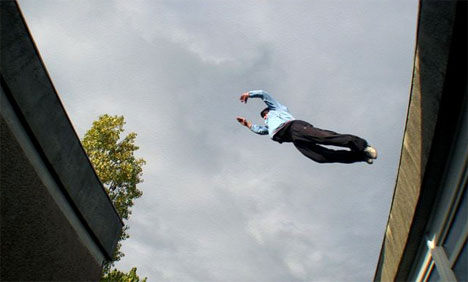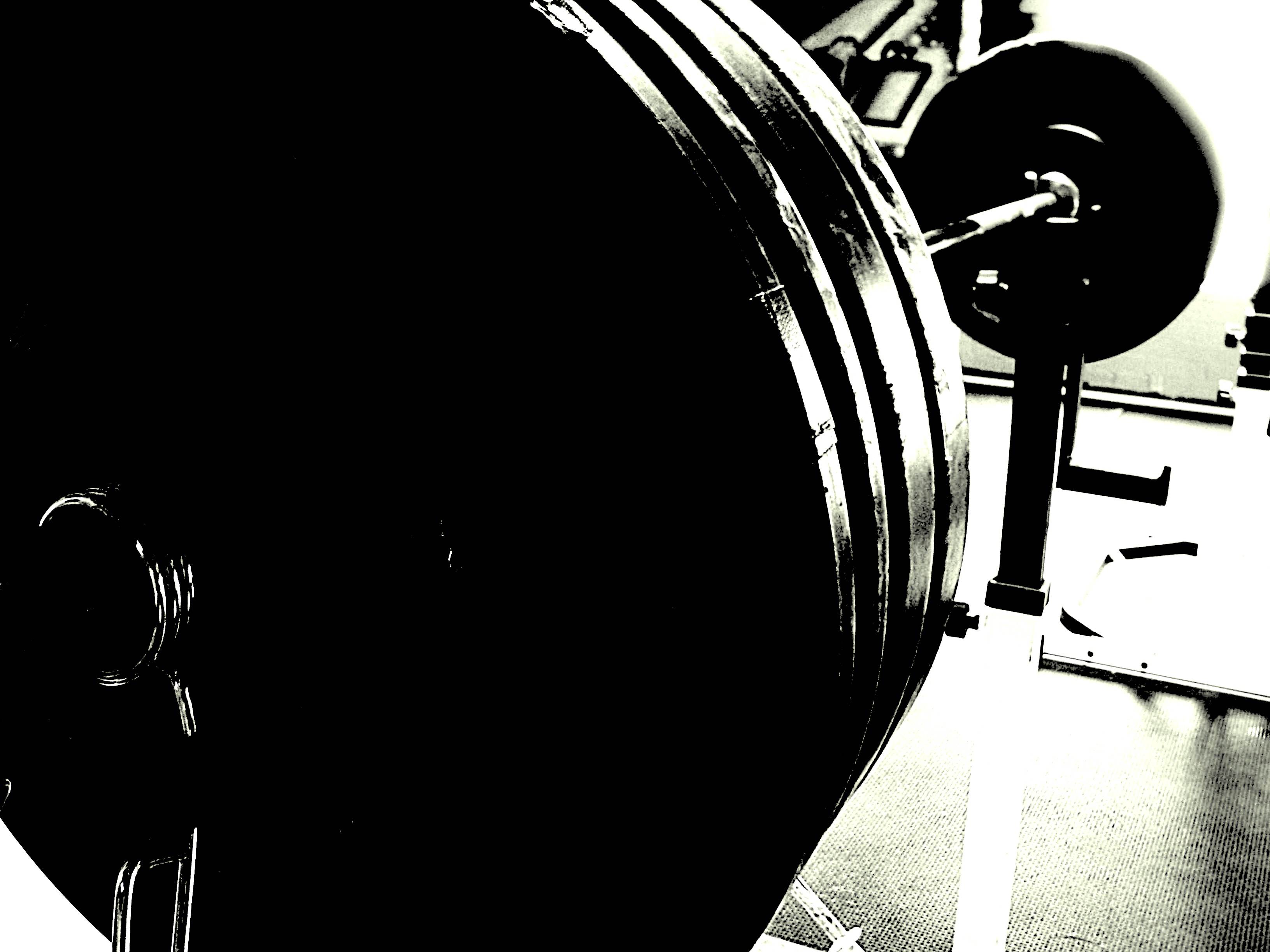Back workouts consist of contracting your back muscles, obviously.
There are a lot of ways to get a big back. Luckily, when you lift weights, you don't have to workout your biceps so much if you have a good back workout. It's just a good shoulder and chest workout.
Things like barbell rows of course, dumbbell rows, barbell shrugs, and dumbbell shrugs are good for your back. Always give the lat pull down machine a try or two as well. Weights are always good, so don't forget those. And religiously rep hard and heavy on those blessed dead lifts.
Now for the consideration of body weight exercises for the back. What do you do for lower back exercises as far as body weight goes, and you don't have a roman chair? We'll talk about that.
Pull ups of course are good for a back exercise, have your friend hold onto you at the same time, do lever pull ups, there's so much. So what levels do we work with? Easy. Intermediate. Advanced. And Very Advanced.
Why capitalize it? Because it's important.
Some tips on avoiding blisters for beginners, either wear gloves, or man up. Rubbing sand on your hands if you don't have chalk does help with the grip.
Easy:
1. 5 Sets of 3 Pull Ups. Remember to keep a good grip.
2. 5 Sets of 5 Body Weight Rows, find some kind of bar that's a little less than four feet off the ground. Keep your feet in contact with the ground.
3. As many pull ups as you can do at one time.
Intermediate:
1. 5 Sets of 5 Pull Ups.
2. 3 Sets of 10 Body Weight Rows.
3. Tucked Front lever. (not very hard)
4. 4 Sets of 4 Lat Pull Ups.
5. As many Pull Ups in a row as possible.
Advanced:
1. 3 Sets of 8-10 Pull Ups.
2. 3 Sets of 15 Body Weight Rows.
3. 4 Sets of 5 Tucked Front Lever Pull Ups.
4. Front Lever.
5. 5 Sets of 5 Lat Pull Ups.
6. 5 Sets of 5 Muscle Ups.
7. As many Pull Ups in a row as possible.
Very Advanced:
1. 4 Sets of 20 Pull Ups.
2. 2 Sets of 5 Front Lever Pull Ups.
3. 2 Set of 25 Body Weight Rows.
4. 4 Sets of 8-10 Muscle Ups.
5. Front Levers, lots and lots.
6. 4 Sets of 10 Lat Pull Ups.
7. 2 Sets of 5 One Arm Pull Ups.
8. As many Pull Ups in a row as possible.
This should probably give you a pretty decently sized back, and targets just about everything in the upper back.
You can separately do you lower back exercises. If you have something heavy that sits on legs by chance, say a heavy couch, large armoire, or just a really big friend, stick the backs of your feet under something sturdy, and you can bend at a perfect forty five degree angle at your knees, and bend over repetitively.
Also, super mans, dead bugs, whatever you want to call them, where you lay down on the floor and lift your feet and hands, you can do those, hold them, do them in reps, have people push on your feet and hands. Whatever floats your boat. Enjoy your workout.











